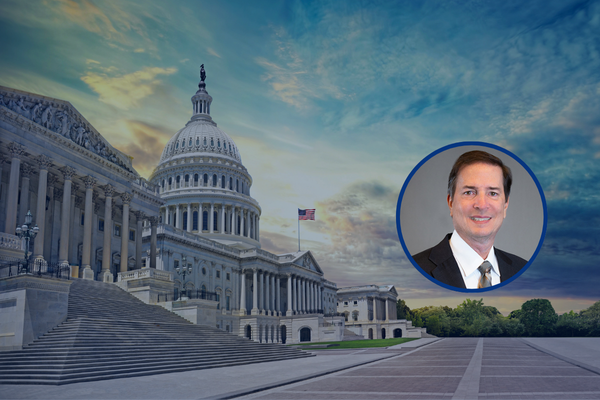
Is your overdraft program free from bias?
Categories:
Provide a more valuable service to address consumer needs
By CHERYL LAWSON, EVP-Compliance Review, ADVANTAGE, powered by JMFA
Incorporating consumer data and innovative technologies—such as artificial intelligence (AI) or machine learning—into service delivery strategies has become more commonplace since the pandemic, changing consumer service expectations and increased fintech competition.
More advanced technology that analyzes previous account activity can be useful in detecting fraud and predicting what services might be most ideal for consumers. However, relying on analytics or algorithms to determine who gets a specific service like overdraft protection and who doesn’t, goes against regulatory expectations of fairness and can erode consumer trust when they are unaware of how decisions that impact their financial well-being are made.
According to a study, issues around algorithmic bias have been the subject of vigorous debate in tech-policy circles. And the stakes become even higher when data does not represent certain consumer groups who have been left out of mainstream settings by new, cutting-edge technology.
Recent comments by CFPB Director Rohit Chopra stressed concerns over the potential misuse of algorithms that offer little transparency in lending decisions. Furthermore, in a December speech, Eric Halperin, the CFPB’s new enforcement chief suggested that some uses of AI may constitute “unfair, deceptive and abusive acts and practices (UDAAP) violations” and indicated this is an issue of high priority for the Bureau. And while the current focus is on lending products, Chopra has commented that “when consumers and regulators do not know how decisions are made by the algorithms, consumers are unable to participate in a fair and competitive market, free from bias.”
Consumer-focused overdraft strategy provides an unbiased solution
With the increased attention on fair and inclusive consumer services, maintaining a totally unbiased overdraft solution that keeps your account holders well-informed about their options and account status is essential.
Unlike complicated algorithms or matrix-based programs that utilize data points to determine program limits that are unknown to the consumer, a fully transparent overdraft solution is built around processes and procedures that are inclusive of all eligible account holders and continually communicated. With full knowledge of their limit, program fees and the alternative services available, they can maintain their finances without worry when an unexpected expense or emergency knocks them off track.
Based on financial well-being and financial literacy, a completely disclosed overdraft strategy is a win-win for both consumers, as well as the financial institutions that serve their financial needs. Plus, with the support of experienced consultants and compliance experts, you can uncover many aspects of your program that need improving to achieve the best results, including:
- an appropriate fee structure and guidance on making suitable adjustments;
- established limits and clearly defined rules that help consumers make responsible and informed decisions about service usage;
- recommendations on overdraft threshold (de minimis), daily caps, grace periods and fee refunds;
- expert reviews of current disclosures and advice regarding effective explanation of important account information;
- comprehensive staff training on how to educate account holders about your program;
- compliant policies, procedures and communications materials;
- ongoing, proactive performance and compliance recommendations;
- a 100 percent compliance guarantee.
Nothing to hide and plenty to gain
Regulators have made it clear that protecting consumers from biased or undisclosed financial service practices is on their radar. Providing a fair and inclusive overdraft option with clear disclosures, reasonable fees and advice on how to maintain financial stability is a reliable way to avoid increased scrutiny while maintaining a sustainable source of income. It is also a proactive strategy for building long-term trust and loyalty by helping account holders manage their short-term liquidity needs with certainty.
ABOUT ADVANTAGE, powered by JMFA
ADVANTAGE is one of the most trusted names in the industry. Whether it’s recovering lost revenue, uncovering new savings with vendor contract negotiations, creating more value, serving consumers better or delivering a 100% compliant overdraft service—we can help you deliver measurable results with proven solutions.




